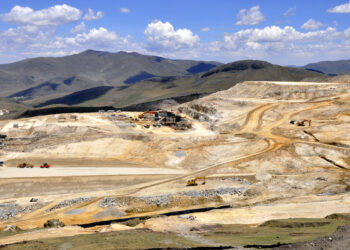Global silver production, which has been declining since 2016, is expected to recover from the 2019 output of 913.5Moz to reach 1,029Moz in 2023.
This will be supported by nearly 50 projects producing silver as either the primary or secondary commodity. These are currently undergoing construction, and are expected to commence operations in the forecast period.
Upcoming projects
Major upcoming projects are the El Cajon in Mexico, the Candelaria 2030 in Chile, Fruta del Norte and Mirador in Ecuador and the Ozernoe and Udokan projects in Russia.
Global silver mine production declined moderately by 2.4% to 920Moz in 2018, with a significant decrease in the US (12.6%). Here, labor strikes at the Lucky Friday mine severely impacted output from the mine. This was followed by Peru (5.8% decrease) and Mexico (5.6%). Here, lower ore grades and lower recovery rates led to falling output.
Increases in production in China (2%) and Russia (3.4%) partially offset the 2018 declines. The overall robust performance of the base metals sector in China – where silver is a by-product – and production increases at Russia’s Albazino, Svetloye and Mangazeisky mines were the key factors behind the growth in these countries.
Leading the way
Mexico, Peru, China, Russia, and Chile were the world’s top five producers of silver. These countries accounted for a collective 60.5% or 556.9Moz of silver in 2018. Industrias Penoles SAB de CV (Penoles), KGHM Polska Miedz SA (KGHM Polska), Glencore plc, Newmont Goldcorp Corp, and Polymetal International Plc are the largest operators in the global silver mining industry.
Penoles produced 69.8Moz of silver in 2018 versus 66.4Moz in the prior year, a rise of 5.1%. Production from the remaining four companies fell from a collective 136.1Moz in 2017 to 126.6Moz in 2018 – a 7% decline.













